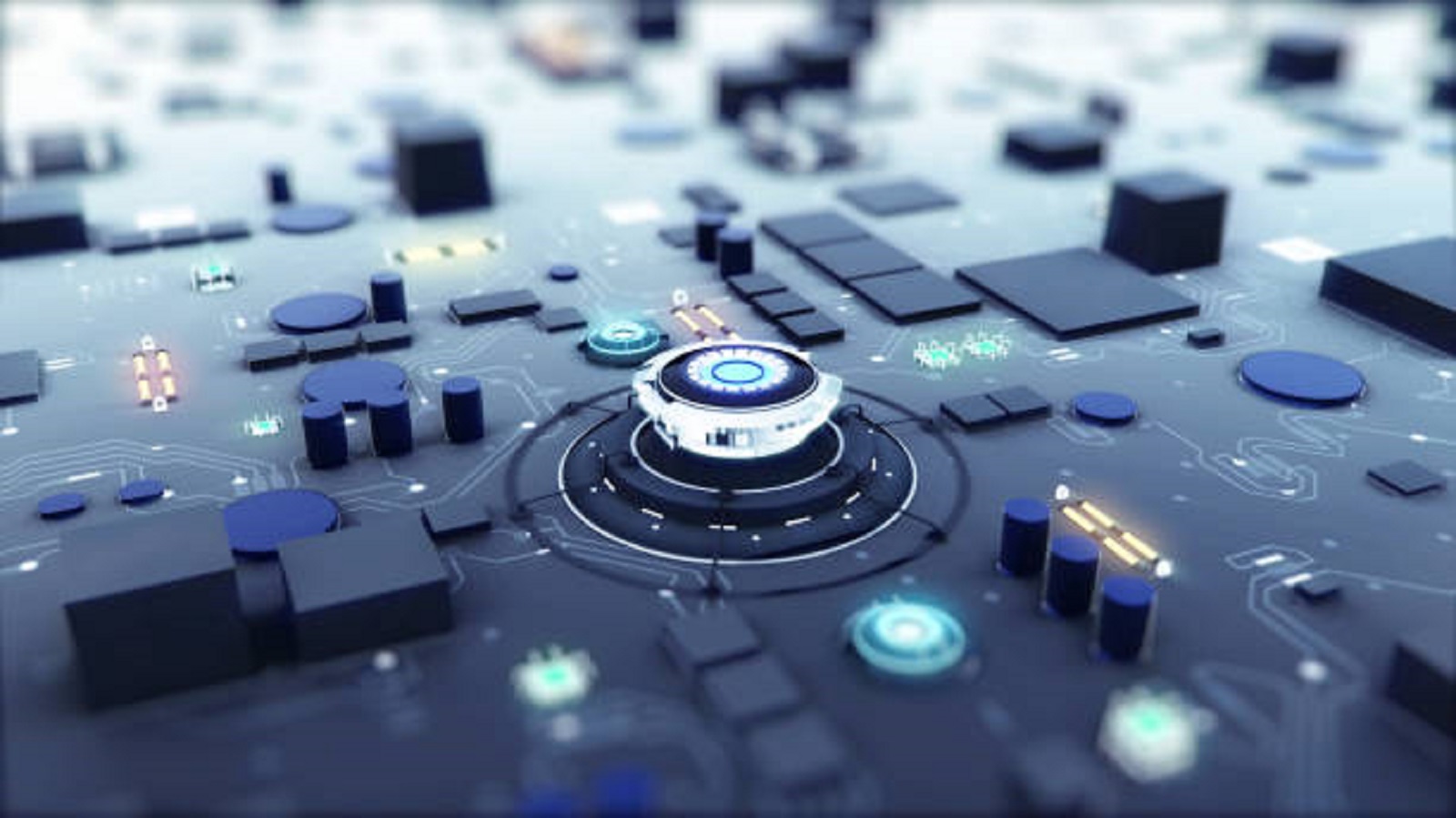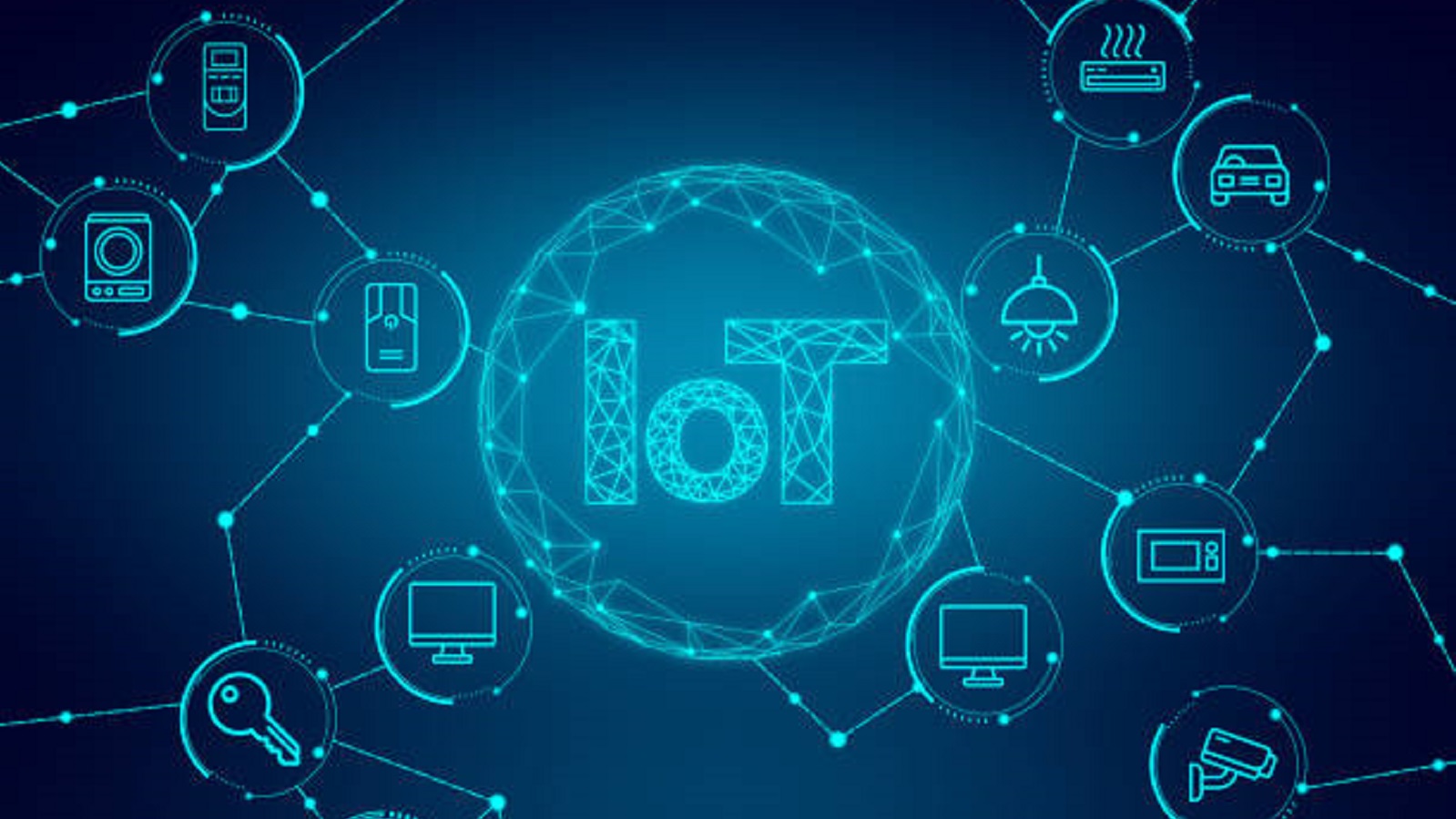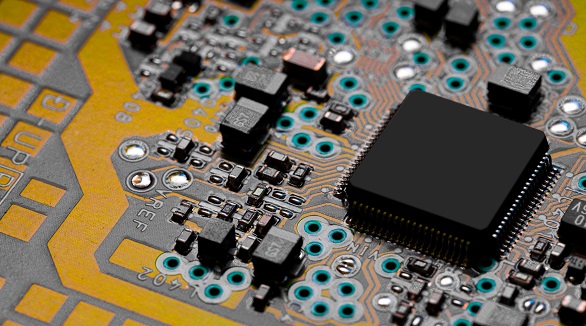Top 10 IoT Devices in Electronic Application
IoT transforms industries by enhancing connectivity and automation, revolutionizing healthcare, smart homes, and industry with real-time data and seamless control.
The 21st century has been characterized by fast and overwhelming technological changes. Perhaps the most defining one among these developments has been the concept and realization of the Internet of Things. From an idea in the early 2000s, the IoT has slowly found its place in reality and completely revolutionized how we perceive and control objects around us and different systems, from our homes to industries and even healthcare. IoT, with its central concept of increased interconnectivity and data-driven automation, is marching towards the transformation of electronic applications. Let's take a closer look at the top 10 IoT devices revolutionizing electronic systems and their far-reaching impacts across different sectors.
First we need to understand what IoT actually is. The Internet of Things represents the huge network of physical devices that are installed with sensors, software, and other technologies, which can support these things in collecting and exchanging data over the internet. The various 'Things' communicate among themselves autonomously, making interoperation easy and decisions fast without the need for human intervention. IoT applies data analytics and machine learning to realize smarter solutions that improve operational effectiveness and create new opportunities.

Top 10 IoT Devices Revolutionizing Electronics
Healthcare IoT Devices
During recent years, there is quite significant permeation of IoT in the healthcare industry. Wearable devices are making their way as leaders of this revolution. Gadgets like Fitbit, Eversense, and Dexcom have really revolutionized patient care through nonstop monitoring of vital health metrics such as heart rate, glucose level, physical activity, and sleep. By providing real-time insights about health, wearables basically help patients be more actively involved in their health management and allow for more personalized care, wherein the healthcare providers can intervene more appropriately.
Other devices include medication adherence systems that track patients in compliance with a prescribed treatment. These systems, often integrated into smart pill dispensers or wearable devices, ensure that patients take their medications correctly, which is critical to manage a chronic condition and improve health outcomes.
IoT medical adherence monitoring looks into whether patients have taken their medication through the development of specialized detecting devices. These are smart technologies in terms of subtle motion and saliva movements, enabled by wearable devices such as smart necklaces.
Industrial IoT Devices
Industry 4.0 is the coming together of IoT into the industrial scenario, marking the beginning of smarter and efficient manufacturing and operational processes. Technologies such as Amazon's Kiva help automate warehouse operations and enhance robotic functions in the warehouse. Kiva robots are able to improve order accuracy and speed by autonomously locating and delivering shelves of products to pickers, thus lowering operational costs and improving productivity.
IoT-driven innovations in the agricultural sector are leading the way in farming accuracy. For example, John Deere's self-driving tractors, with GPS, sensors, and connectivity, automate tasks such as plowing and planting; these optimize resource use and maximize yield. Moreover, IoT devices monitor equipment health for predictive maintenance before failures occur, minimizing downtime and maximizing efficiency.
AWS IoT Devices
Amazon Web Services acts as the fulcrum of the evolution of IoT applications with various services to facilitate developing, deploying, and managing solutions involving the IoT. These involve various development tools such as FreeRTOS and AWS IoT Device Management, which have been created for the secure connecting of the IoT devices with the cloud-based platforms in scalable connectivity.
FreeRTOS, for instance, is designed for microcontrollers, thus allowing low-power devices to connect easily to cloud services and operate in a remote manner. AWS IoT Device Management provides for smooth onboard, organization, and remote operation of connected devices, crucial elements in maintaining the reliability and security of IoT networks.
IoT Home Devices
Smart Homes" characterize the power of IoT in uplifting day-to-day life. Appliances such as Nest Protect-a smart smoke and carbon monoxide detector-and the voice-activated coffee maker, Hamilton Beach, bring into light and show just how everyday lives are intertwined into IoT devices and develop smart home surroundings for enhanced comfort and safety.
Smart home devices can control and automate systems, including lighting, thermostat, and security systems, with smartphone apps or voice commands. Seamless integration achieved this way ensures maximum energy efficiency, security, and simplification of household management, thereby enhancing the quality of life.
Edge Devices IoT
Edge devices are essential in IoT ecosystems for their function of transferring data from the local network to the cloud. These devices work as a gateway and change the protocols for both local and cloud data interactions, hence reducing latency and improving data processing efficiency.
Examples of edge devices include routers, multiplexers, and integrated access devices, facilitating scrambling communication channels between upper network layers. Thus, they form a critical component in various applications-from domestic ones to industrial automation systems-offering proper data transmission at high speeds with full accuracy.
Wearable IoT Devices
Wearable technology imbues IoT with personal sensations, as benefits flow to individual users in health and lifestyle management. Smartwatches and fitness trackers record and monitor data on heart rate, levels of activities, calories, sleep patterns, and GPS-tracked movement. This wide range of data allows people to take up better fitness and health routines that will improve life, while providing a wealth of data for those researchers analyzing health trends across populations.
Windows IoT Devices
Microsoft's Windows 10 IoT Enterprise offers a complete platform for developing scalable IoT solutions that empower developers to create intelligent-edge devices suitable for industrial and commercial use. This platform, with the integration of machine learning and artificial intelligence, will facilitate data-driven applications and improve data collection, analysis, and decision-making.
Coupled with Azure IoT, Windows 10 IoT Enterprise now empowers developers to create smart, future-ready devices, thus making the journey seamless and effective for organizations through operational environments that are pretty complex.
Medical IoT Devices
IoMT integrates IoT into medical devices for changing the way healthcare is offered. IoMT devices, such as QardioCore and UroSense, can monitor the health status of patients remotely; hence, data is generated continuously to guide timely intervention.
These have proven very effective in the management of chronic diseases, where sustained monitoring and timely response are quite crucial for improving patient outcomes. The IoMT also provides for telehealth solutions that help health professionals to monitor and manage patients' health from a distance, which is highly relevant during emergencies or in rural areas with poor healthcare access.
Wi-Fi IoT Devices
The wireless nature of many IoT devices underscores their convenience and ease of integration into daily routines. Wi-Fi-enabled devices, such as the Amazon Dash Button and smart light switches, further emphasize this aspect by leveraging existing internet infrastructure to enable seamless control and automation of household functions. From ordering household necessities with a simple button press to controlling lighting without physical interaction, these devices show how IoT simplifies and elevates everyday activities.
Smart IoT Devices
Smart IoT devices range from smartphones and tablets to smart locks and smart home assistants; each of these devices is designed to interact more and more seamlessly with both personal and larger technological ecosystems. With connectivity features such as Bluetooth, NFC, Wi-Fi, and Zigbee, these devices make life interconnected and provide users with the power to control and keep track of their surroundings with an ease never experienced before.
From smart boards for educational settings to smart cards to carry out a secured transaction, the increase in smart devices continuously increases the horizon and is being underlined, especially to stress connectivity to have more and better performance of them.

The Internet of Things is definitely reinventing the face of electronic applications, hurtling into a new era of smart connectivity with data-driven insight. Integration of IoT into vital sectors like health, industry, and home automation shows the crucial role these devices will play in the future with each advancement and deeper embedding in our lives and businesses by opening new frontiers through improving efficiency, safety, and convenience that is sure to advance both in personal and industrial use. The IoT revolution will lead to the fact that connectivity is no longer just an advantage but a very important part of life and further development.
Hot Tags:
Contact us

If you can't find what you're looking for, please contact us.
Article

IoT revolutionizes interactions and efficiency with 30B devices by 2025, requiring secure data exchange and smart integration across various industries.

IoT and RFID integration revolutionizes device communication, improving data, asset, and operational management. PCBX supports these innovations amid challenges.

The article introduces the SMT (Surface Mount Technology) assembly process and future trends. Key steps include solder paste printing, chip mounting, reflow soldering, cleaning, inspection, and rework. Future trends highlight fast, flexible systems, green practices, and high-efficiency, intelligent systems. SMT's potential revolutionizes electronics manufacturing with wide industrial applications.
